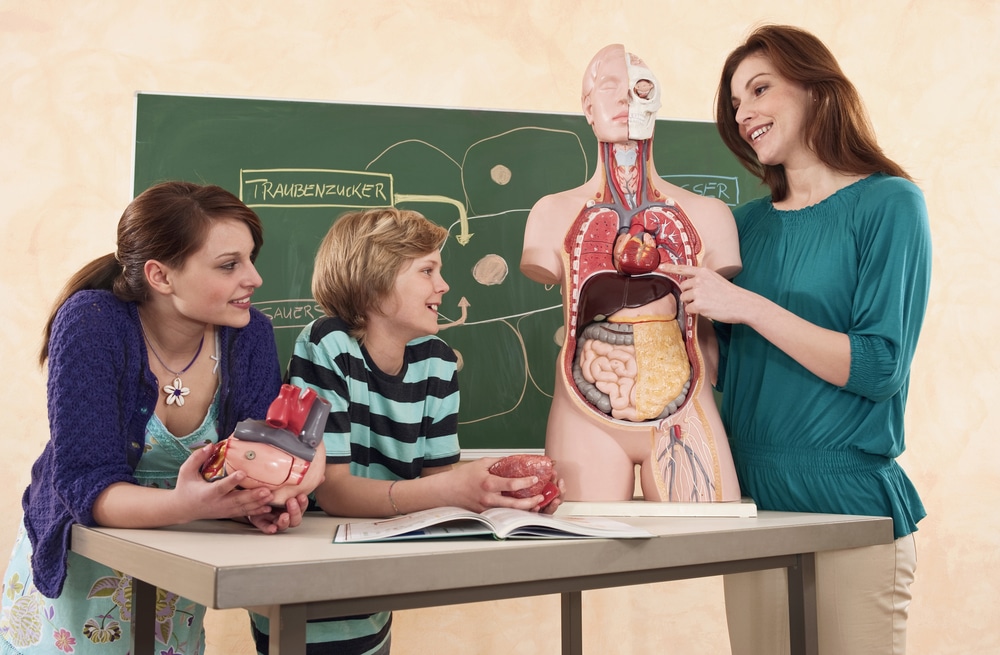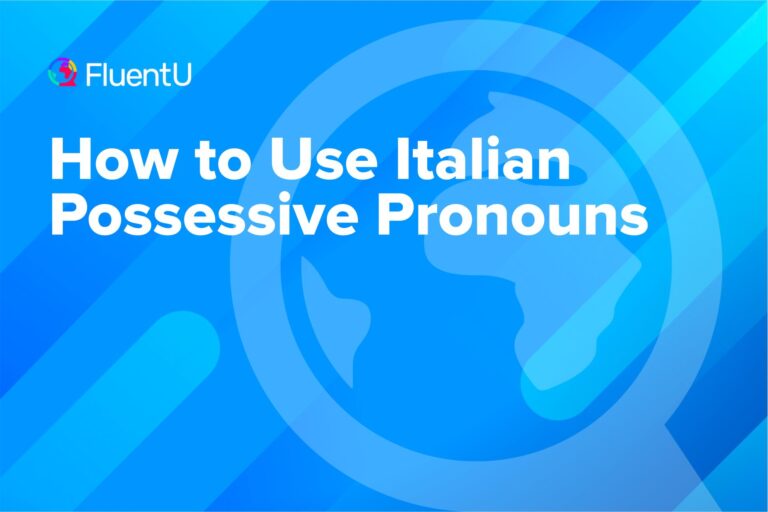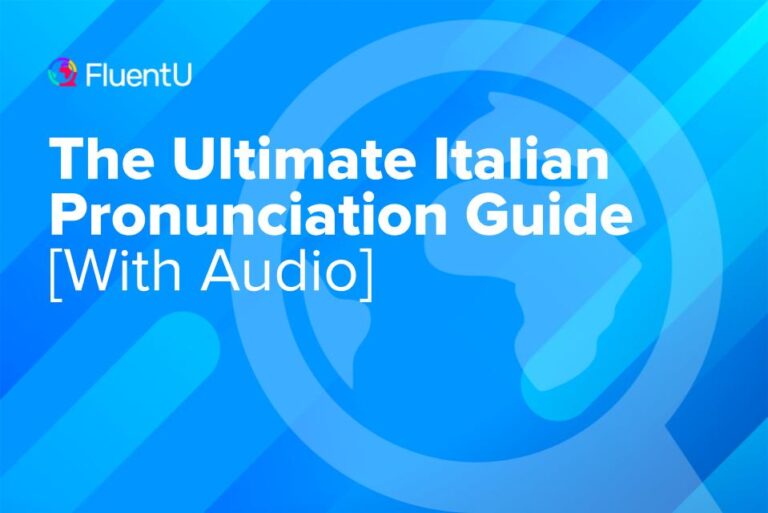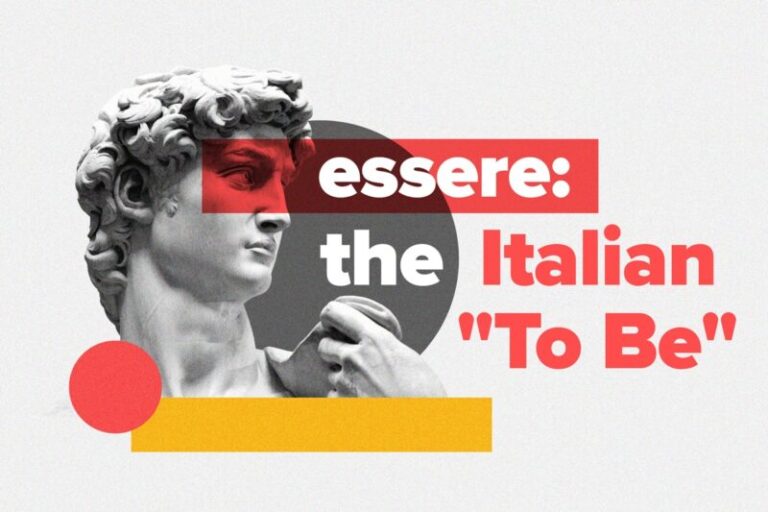Body Parts in Italian
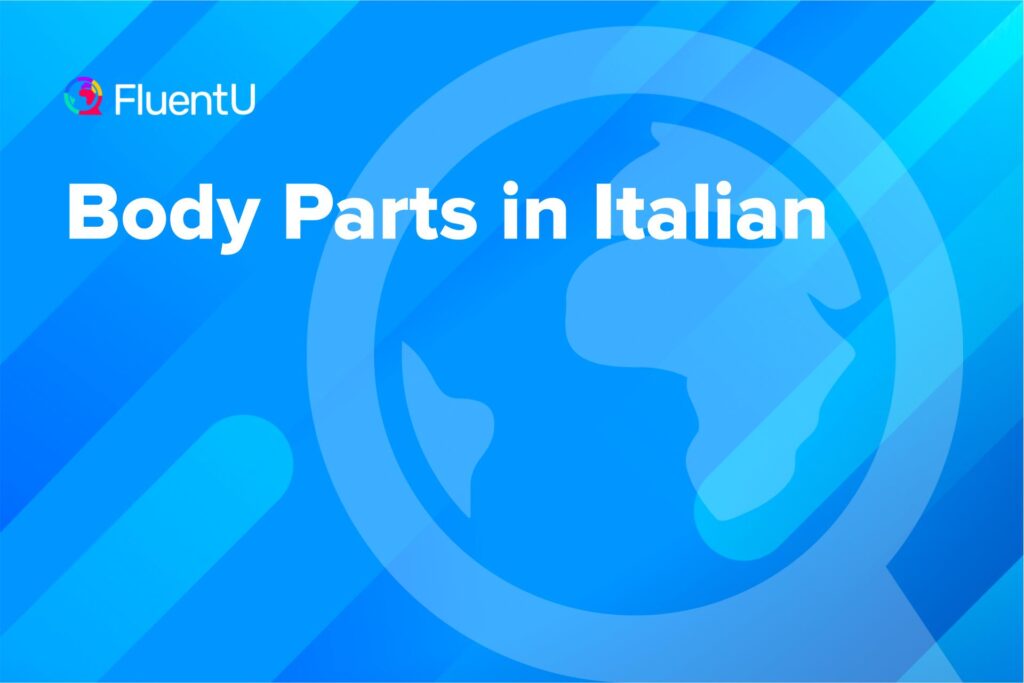
When learning the Italian language, being able to identify body parts from head to toe is essential for many important reasons.
In this post, we’ll help you identify and name some of the most important body parts in Italian to get you started and review some examples of how and when they’re used in everyday conversations.
We’ll also share some popular Italian expressions referencing parts of the body to have you speaking like a native in no time.
So, let’s begin learning about il corpo (the body)!
Download: This blog post is available as a convenient and portable PDF that you can take anywhere. Click here to get a copy. (Download)
Parts of the Head
- Cheeks — le guance (GWAN-che)
- Chin — il mento (MEN-toe)
- Ears — le orecchie (or-EH-kee-eh)
- Eyes — gli occhi (OH-kee)
- Face — la faccia (FAH-cha) or il viso (VEEH-zo)
- Head—la testa (TEH-stah)
- Jaw — la mandibola (man-DEE-bo-lah)
- Lips — le labbra (LAH-brah)
- Mouth — la bocca (BO-kah)
- Nose — il naso (NA-zoh)
- Teeth — i denti (DEN-tee)
- Tongue — la lingua (LEEN-gwah)
Parts of the Upper Body
- Arm — il braccio (BRACH-oh)
- Armpit — l’ascella (ash-EL-lah)
- Chest — il petto (PEH-toe)
- Collarbone — la clavicola (cla-VEE-co-lah)
- Elbow — il gomito (GOH-mee-toe)
- Finger — il dito (DEE-toe)
- Hand — la mano (MAH-no)
- Middle finger — il medio (MEH-dee-oh)
- Neck — il collo (KOH-loh)
- Pinkie — il mignolo (mee-NYO-loh)
- Rib — la costola (COS-toh-lah)
- Ring finger — l’anulare (ah-NOO-lareh)
- Shoulder — la spalla (SPAH-lah)
- Spine — la spina dorsale (SPEE-nah dor-SAH-leh)
- Stomach — lo stomaco (STOH-ma-koh)
- Throat — la gola (GO-lah)
- Thumb — il pollice (PAWL-ee-cheh)
- Tummy — la pancia (PAN-chah)
- Wrist — il polso (POL-soh)
Parts of the Lower Body
- Ankle — la caviglia (ka-VEE-lyah)
- Bottom — il sedere (seh-DEH-reh) [polite], il culo (COO-loh) [less polite]
- Calf — il polpaccio (pole-PAH-choh)
- Foot — il piede (pee-EH-deh)
- Heel — il tallone (tah-LON-eh)
- Hip — l’anca (AN-kah)
- Knee — il ginocchio (gin-OH-keeyoh)
- Leg — la gamba (GAM-bah)
- Shin — lo stinco (STEEN-koh)
- Toe — il dito del piede (DEE–toe del pee-EH-deh)
Other Parts of the Anatomy
- Artery — l’arteria (ar-ter-EE-ah)
- Body hair — i peli (PEH-lee)
- Bone — l’osso (OH-soh)
- Brain — il cervello (cher-VEH-loh)
- Fingernail — l’unghia (OON-gee-ah)
- Hair — i capelli (kah-PEH-lee)
- Heart — il cuore (koo-oh-reh)
- Liver — il fegato (FEH-gah-toe)
- Lungs — i polmoni (pool-MOH-nee)
- Muscle — il muscolo (MOOS-koo-loh)
- Nerve — il nervo (NER-voh)
- Skin — la pelle (PEH-leh)
- Toenail — l’unghia del piede (OON-gee-ah del pee-EH-deh)
- Vein — la vena (VEH-nah)
Practical Expressions Referencing Parts of the Body
Now that we’ve covered most of the important parts of the body in Italian, let’s look at how they can be used in everyday conversations.
At the Doctor’s or the Hospital
When visiting the doctor, there are various ways to express that you have a complaint or ailment. The most common are:
Ho mal di _____. — I have a bad _____.
Mi fa ma male _____. — My _____ hurts.
Let’s look at some examples:
Mi fa male lo stomaco. – I have a tummy ache.
Ho mal di testa. — I have a headache.
Mi fa male la spalla. — My shoulder hurts.
Credo che la mia gamba sia rotta. — I think my leg is broken.
To talk about a more long-term ailment, we can use the expression messo male:
Ho una caviglia messa male. — I have a bad ankle.
At the Dentist’s
Ho mal di denti. — I have a toothache.
Ho un forte dolore sul lato sinistro della mandibola. — I have a bad pain on the left side of my jaw.
Questo dente mi fa male quando mangio. — This tooth hurts when I eat.
Social and Everyday Expressions
Posso darti una mano? — Can I give you a hand?
Devo farmi le unghie. — I need to get a manicure.
Hai dei bellissimi occhi. — You have beautiful eyes.
Sono stanco. Mi si chiudono gli occhi. — I’m tired. My eyes are closing.
Sto mettendo su pancia. — I’m getting fat! (Literally: “I’m getting a belly.”)
Diamo un’occhiata. — Let’s take a look.
Ha la testa altrove. — His head is somewhere else/in the clouds.
A great way of memorizing all these phrases is to go out and try to use them! If you don’t have access to Italian speakers, watching content like Italian TV shows and movies is another good option, as you’ll get to hear these phrases in action.
For more digestible videos, the language learning program FluentU has a ton of short, authentic Italian video clips.
FluentU takes authentic videos—like music videos, movie trailers, news and inspiring talks—and turns them into personalized language learning lessons.
You can try FluentU for free for 2 weeks. Check out the website or download the iOS app or Android app.
P.S. Click here to take advantage of our current sale! (Expires at the end of this month.)
Italian Expressions Related to Parts of the Body
To wrap things up, let’s take a look at a selection of very useful expressions referencing parts of the body that you can expect to hear frequently in Italian conversation.
Dai un dito e si prendono il braccio.
Literal translation: You give a finger and they take the arm.
English equivalent: Give an inch and they’ll take a mile.
Il mio lavoro è sempre molto esigente. Dai un dito e si prendono il braccio. (My work is always very demanding. Give an inch and they’ll take a mile.)
A chi parla poco, basta la metà del cervello.
Literal translation: Half of the brain is enough for those who speak little.
English equivalent: Those who talk a lot, think very little.
Si vanta sempre di se stessa. A chi parla poco, basta la metà del cervello. (She is always bragging about herself. Those who talk a lot, think very little.)
Alzarsi con il piede sbagliato.
Literal translation: To get up with the wrong foot.
English equivalent: To get up on the wrong side of the bed.
Oggi è molto scontroso. Mi sa che si è alzato con il piede sbagliato stamattina. (He’s very grumpy today. I think he got out on the wrong side of bed.)
Con il cuore in mano.
Literal translation: With the heart in hand.
English equivalent: With your heart on your sleeve.
Mi ha parlato con il cuore in mano. (He spoke to me with his heart on his sleeve.)
Costare un occhio della testa.
Literal translation: To cost an eye from the head.
English equivalent: To cost an arm and a leg.
La mia nuova giacca era davvero costosa. Mi è costata un occhio della testa! (My new jacket was really expensive. It cost me an arm and a leg!)
Non avere peli sulla lingua.
Literal translation: To not have hairs on your tongue.
English equivalent: To speak frankly.
Lei non scherza quando parla. Non ha davvero peli sulla lingua! (She doesn’t mess around when she speaks. She really doesn’t have any hairs on her tongue!)
Fare il passo più lungo della gamba.
Literal translation: To take a step longer than the leg.
English equivalent: To bite off more than you can chew.
Ho chiesto più compiti ma ora non credo di riuscire a finirli. Ho fatto il passo più lungo della gamba! (I asked for more homework but now I don’t think that I can finish it. I’ve bitten off more than I can chew.)
Un lavoro fatto con i piedi.
Literal translation: A job done with the feet.
English equivalent: A badly done job. / To make a mess of something.
Il falegname ha fatto il lavoro in cucina con i piedi. Dovremmo chiedere un rimborso! (The joiner made a mess of the new kitchen. We should ask for a refund!)
Well done! You now know most of the parts of the body in Italian, how to use them in everyday conversations and a handful of useful idiomatic expressions related to the anatomy.
Give yourself a hand!
Download: This blog post is available as a convenient and portable PDF that you can take anywhere. Click here to get a copy. (Download)
And One More Thing...
If you're as busy as most of us, you don't always have time for lengthy language lessons. The solution? FluentU!
Learn Italian with funny commericals, documentary excerpts and web series, as you can see here:
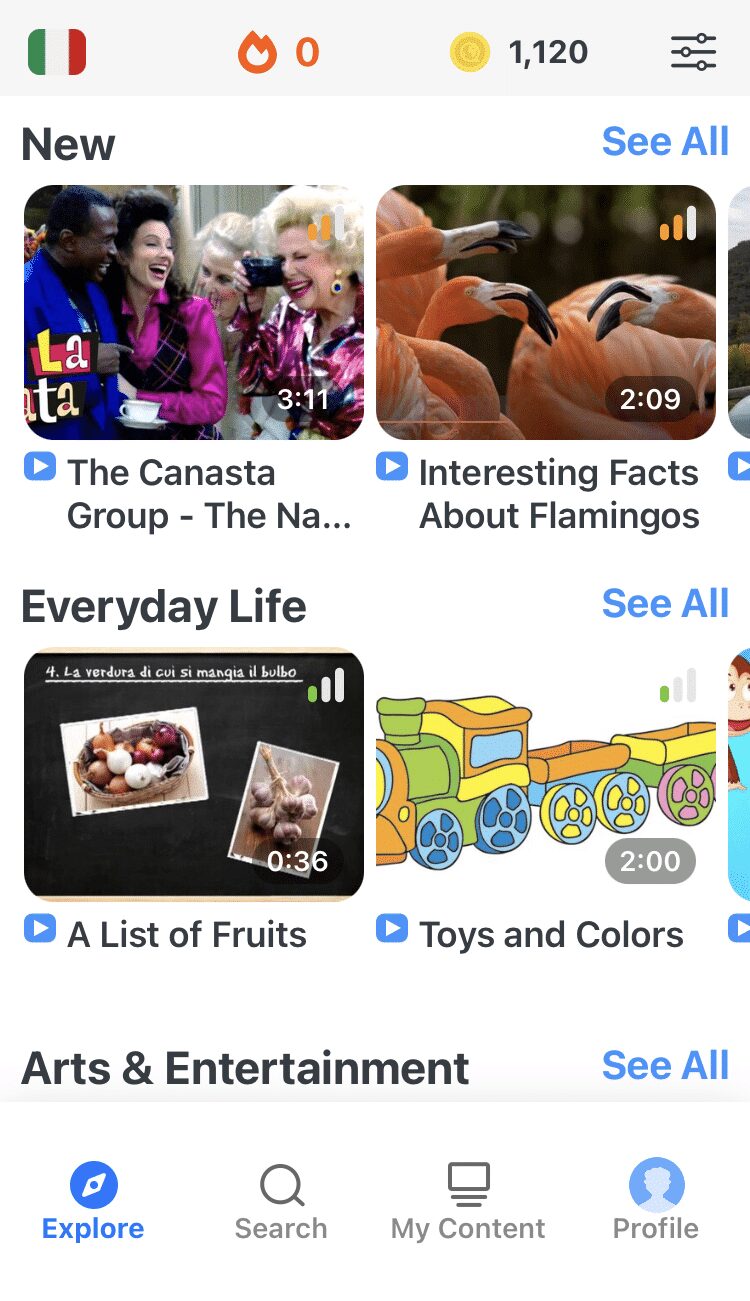
FluentU helps you get comfortable with everyday Italian by combining all the benefits of complete immersion and native-level conversations with interactive subtitles. Tap on any word to instantly see an image, in-context definition, example sentences and other videos in which the word is used.
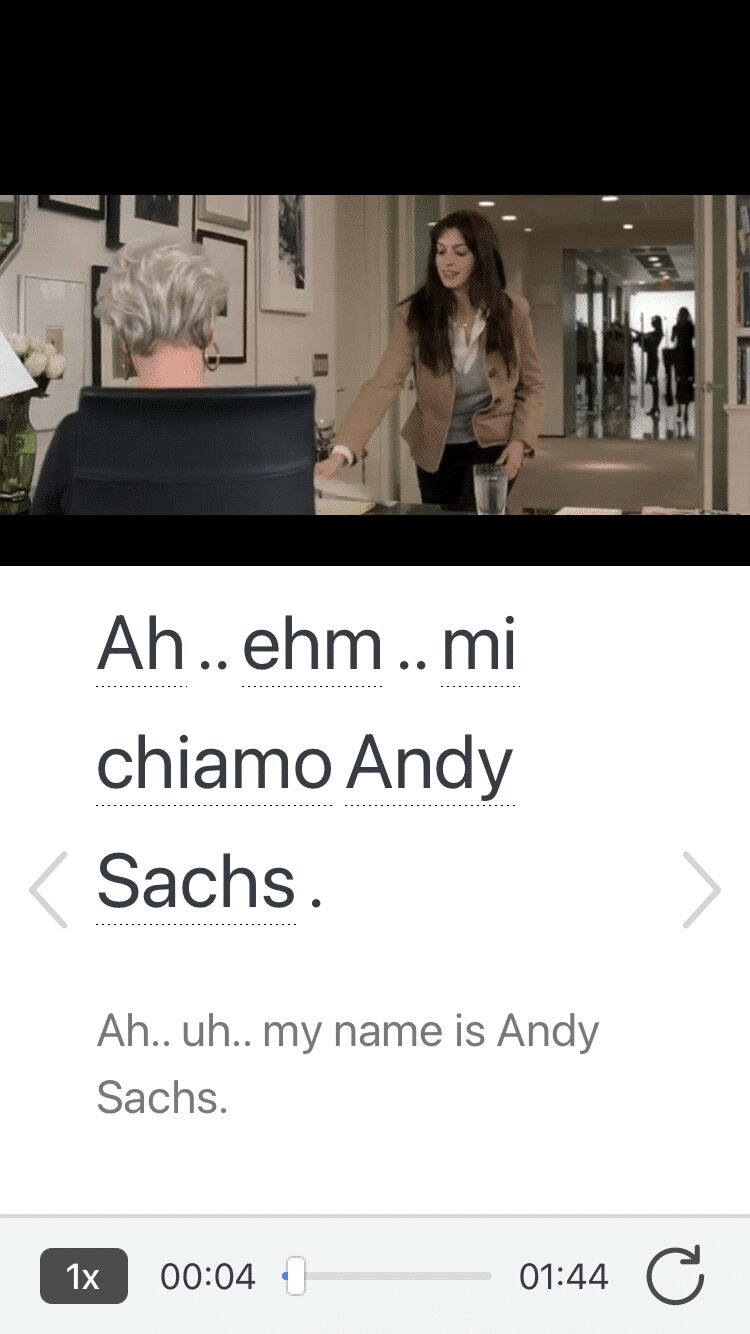
Access a complete interactive transcript of every video under the Dialogue tab, and review words and phrases with convenient audio clips under Vocab.
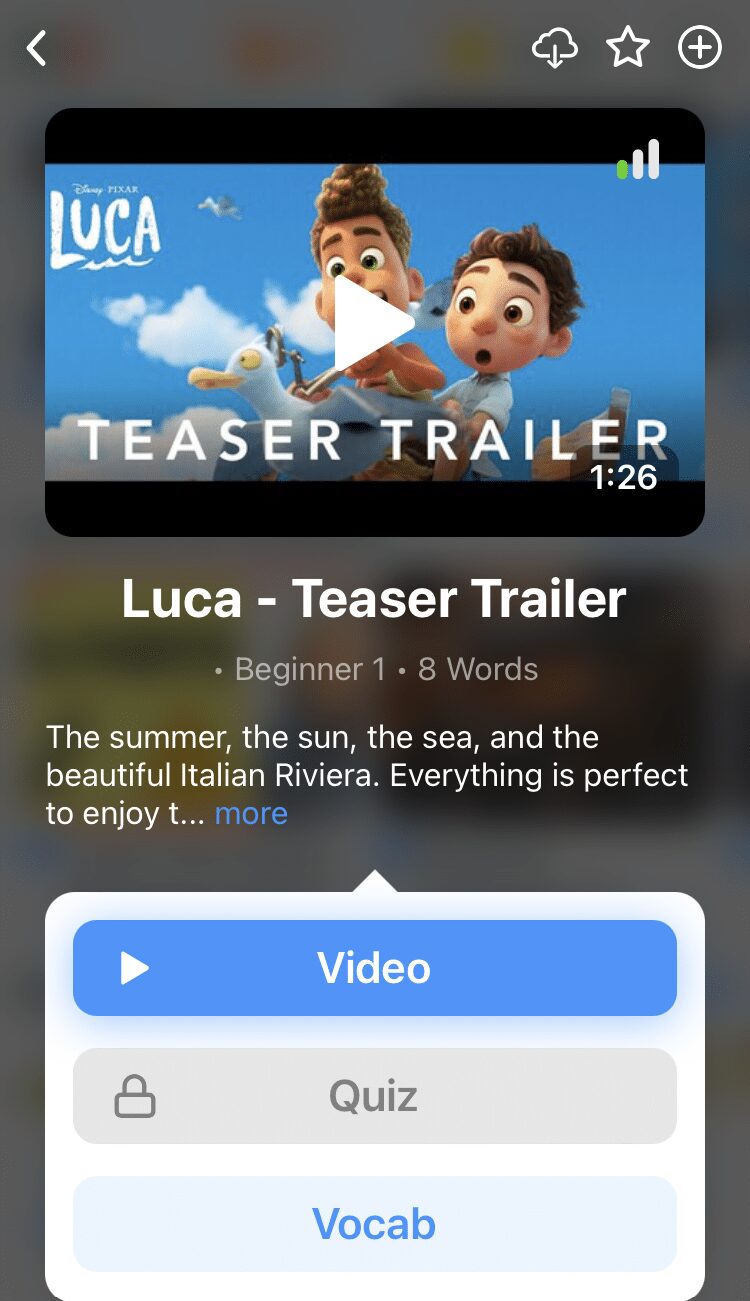
Once you've watched a video, you can use FluentU's quizzes to actively practice all the vocabulary in that video. Swipe left or right to see more examples of the word you’re on.
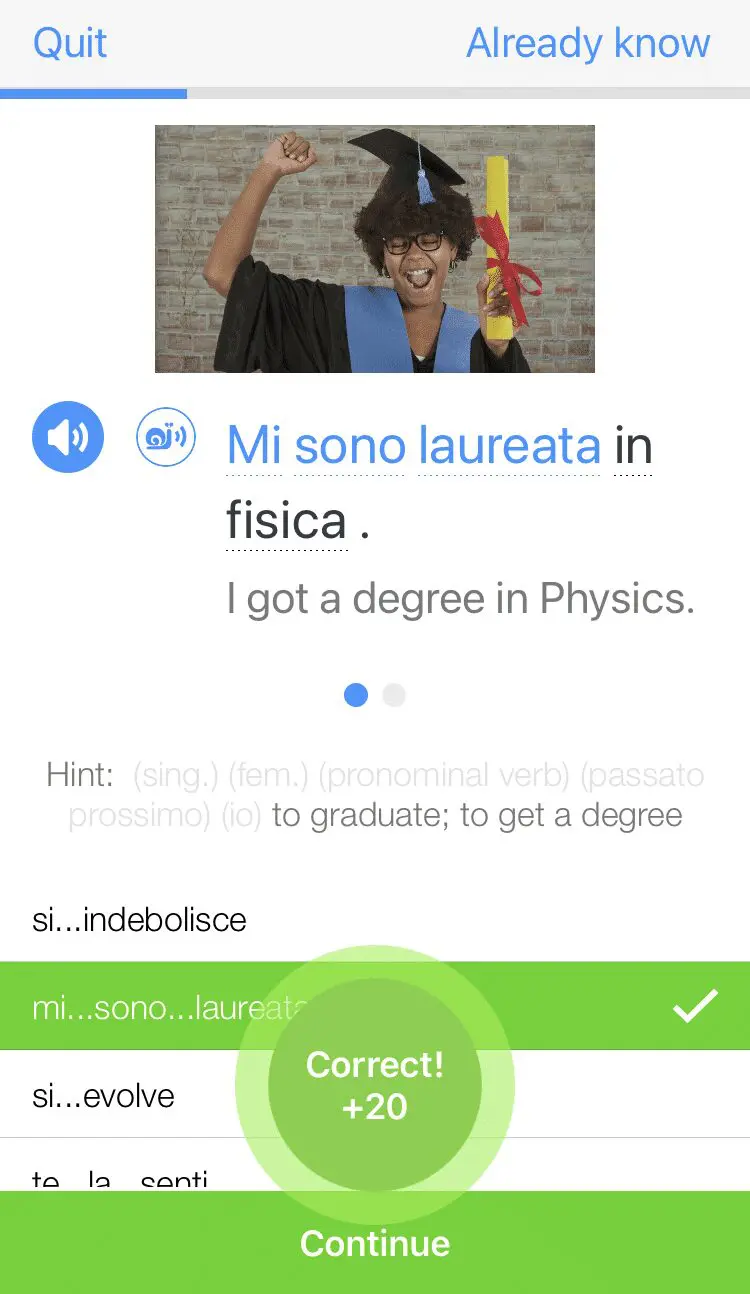
FluentU will even keep track of all the Italian words you’re learning, and give you extra practice with difficult words. Plus, it'll tell you exactly when it's time for review. Now that's a 100% personalized experience!
The best part? You can try FluentU for free with a trial.
Start using the FluentU website on your computer or tablet or, better yet, download the FluentU app from the iTunes or Google Play store. Click here to take advantage of our current sale! (Expires at the end of this month.)



